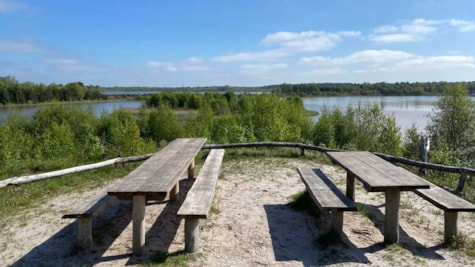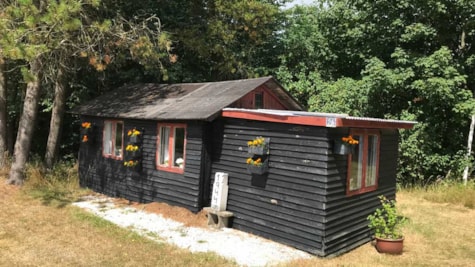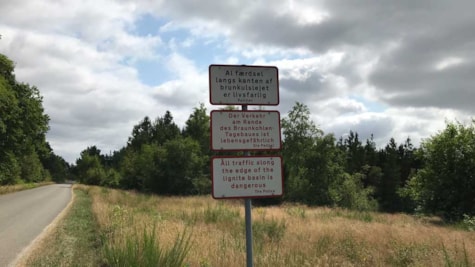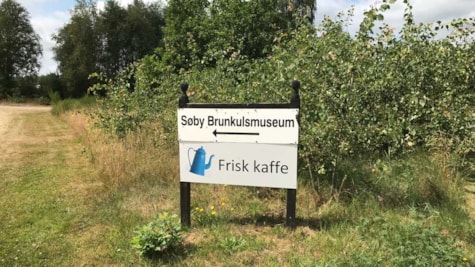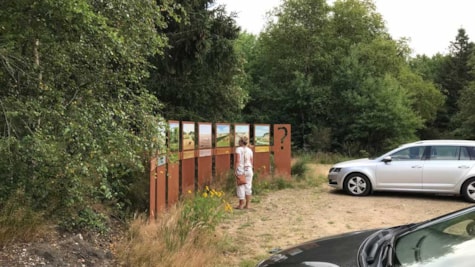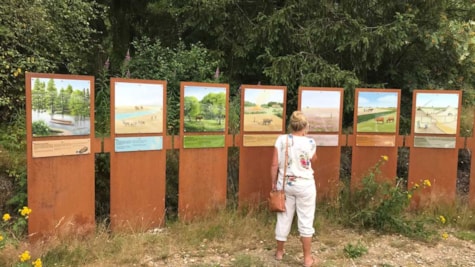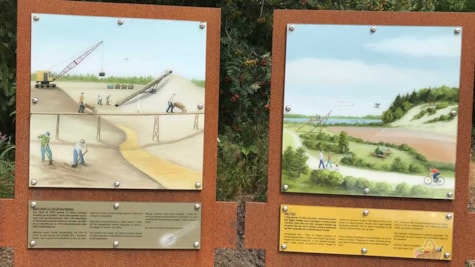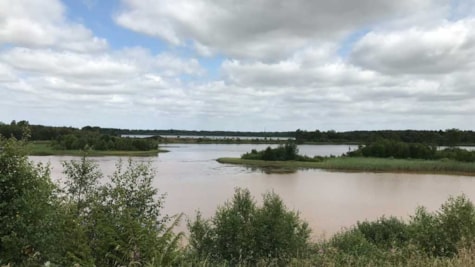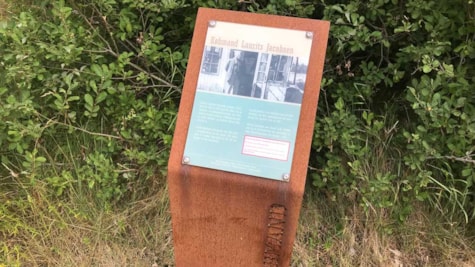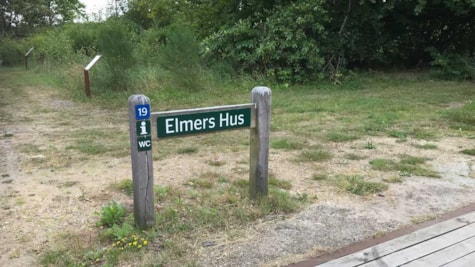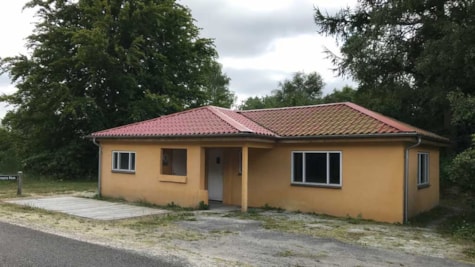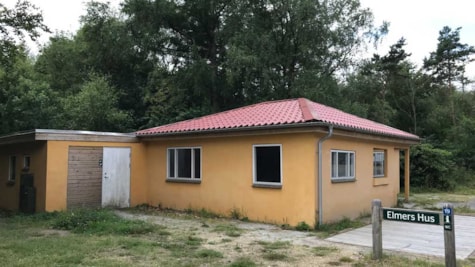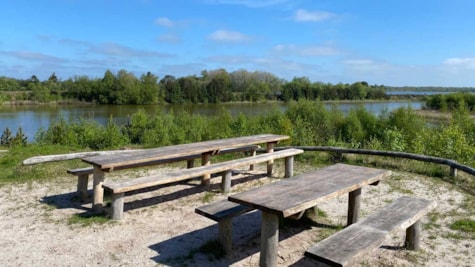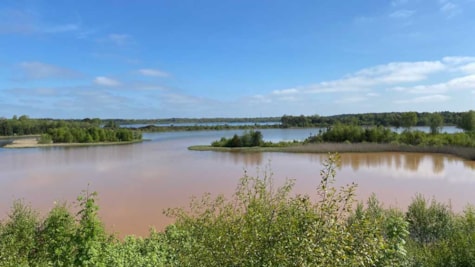The area by Søby Brunkulslejer is today a hilly natural area with many small lakes, but there is a risk of landslides and it can be life-threatening to walk in large parts of the area.
North of Søby is Søby lake, which is not a lignite grave, but a natural heath lake.
During the First World War, lignite was already mined in several places in Jutland, but in the interwar period it almost came to a standstill. With the outbreak of World War II, people began to take an interest in the Danish energy reserve, which was in many places below the heaths 1-2 meters below the earth's surface.
In Søby Brunkulslejer, production gradually began to pick up in 1939. In the beginning, it was by hand, shovels, wheelbarrows, shovels and horse-drawn carriages. The hand tools were supplemented by excavators and conveyor belts.
Around the tenants, a town quickly emerged, where the houses were small sheds and barracks, railway carriages and obsolete buses. The area was called Det Jyske Klondike.
Elmer's House, which is also located on Brunkulsvej, is today badly renovated. In the house, there is an opportunity to find out about the entire area via maps and signs, as well as to learn more about Elmer's House and the lignite mining. There is also the opportunity to enjoy the food you have brought at tables/benches in Elmers Hus, and there is a toilet. The toilet is closed in winter.
Visit Søby Lignite Museum and walk around the old houses yourself and experience what life was like for a lignite worker.
Beware
Søby Brunkulslejer is a beautiful and exciting area, but there is still a risk of landslides. The danger is greatest near water and where the sand has been dug up and laid back. In some places where the loose sand becomes saturated with water, it loses its sustainability and turns into quicksand.
All places where the Danish Nature Agency has established facilities are located in areas where there have been no lignite deposits below and are therefore safe.
Respect the signs - all traffic in the area is at your own risk.
Updated by: VisitHerning | mail@visitherning.com
